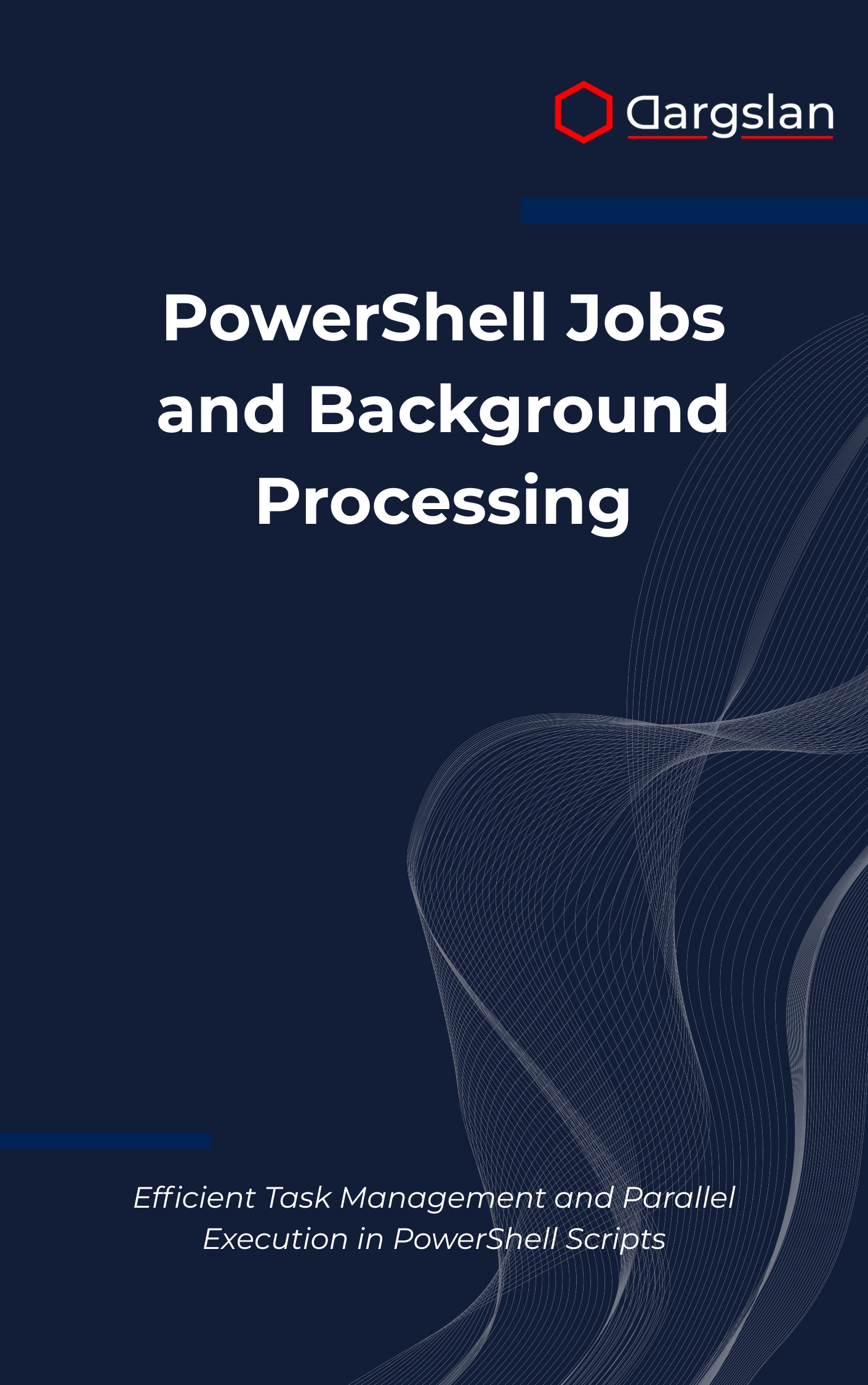PowerShell Jobs and Background Processing
PowerShell Jobs and Background Processing,Manage PowerShell background tasks and improve script performance efficiently.

Stop waiting hours for scripts to finish when your infrastructure needs answers in minutes. If you’re ready to accelerate automation, reduce bottlenecks, and run tasks in parallel with confidence, this guide shows you exactly how to make PowerShell work harder and smarter for you.
From core concepts to advanced patterns, you’ll learn how to design reliable, scalable background processing that meets real-world demands—without sacrificing control, observability, or maintainability.
Efficient Task Management and Parallel Execution in PowerShell Scripts
Overview
PowerShell Jobs and Background Processing is the definitive IT book and programming guide for professionals who want to master Efficient Task Management and Parallel Execution in PowerShell Scripts. It delivers a practical tour of PowerShell job architecture and background job implementation, grounding each topic in real scenarios and step-by-step workflows that fit enterprise realities. You’ll learn how to write robust PowerShell with script block design patterns, child job management, and thread jobs and PowerShell 7+ features, while building a personal toolkit for reliability and speed.
This technical book explains job monitoring and control systems you can trust in production, from queues and throttling to logging and error handling. It also shows how to scale out with remote job execution, integrate scheduled job implementation for repeatable automation, and apply parallel processing optimization to shorten runtimes dramatically. Rounding out the coverage are job troubleshooting techniques, performance tuning strategies, and enterprise automation patterns—all designed to turn complex, long-running workflows into fast, maintainable solutions.
Who This Book Is For
- IT administrators and SREs who need to shrink maintenance windows and speed up routine tasks. Learn to dispatch background jobs safely, monitor progress, and collect results without babysitting long-running scripts.
- DevOps engineers and pipeline builders looking to parallelize deployments and validations. Gain clear techniques for orchestrating thread jobs, handling child jobs, and implementing resilient control flows in CI/CD.
- PowerShell developers ready to elevate their tooling and automation. Turn sequential scripts into scalable, performant solutions and bring reliable parallel execution to your day-to-day work.
Key Lessons and Takeaways
- Design production-grade job strategies that balance speed and safety. You’ll implement background job implementation patterns with smart throttling, timeouts, and retry logic.
- Master observability and control with predictable job monitoring and control systems. Learn to track status, stream logs, capture structured output, and handle failures without losing context.
- Scale across machines and schedules with remote job execution and scheduled job implementation. Build workflows that run in parallel across fleets and operate reliably on a timer or event trigger.
Why You’ll Love This Book
The guidance is crisp, practical, and immediately usable. Each concept is introduced with plain-language explanations and followed by hands-on exercises and patterns you can adapt to your environment.
Instead of abstract theory, the book focuses on how to get real work done: designing script blocks that behave predictably, coordinating child jobs, and choosing when to use thread jobs for maximum performance in PowerShell 7+. You’ll see what works, what to avoid, and how to troubleshoot quickly when something goes sideways.
It’s both a learning path and a desk reference. The appendices—featuring cmdlet summaries, use-case cheat sheets, and diagnostic checklists—make it easy to find the right approach fast, whether you’re building a new automation or tuning an existing one.
How to Get the Most Out of It
- Start with fundamentals, then iterate. Read the early chapters to understand the job model—architecture, lifecycles, and state—before diving into advanced patterns like fan-out/fan-in and structured result aggregation.
- Apply patterns to a real workload. Pick a slow, sequential script and convert it step by step: extract a clean script block, create a job controller, add logging, tune throttles, and measure the speedup using repeatable benchmarks.
- Build mini-projects to reinforce learning. For example: run health checks across multiple servers in parallel; schedule recurring cleanup tasks; or orchestrate thread jobs for file processing, with robust error capture and retries.
Get Your Copy
If you’re ready to unlock faster automation, stronger reliability, and scalable workflows across your environment, this guide will show you exactly how to do it with PowerShell. Make parallel execution a core competency—and watch your scripts fly.




